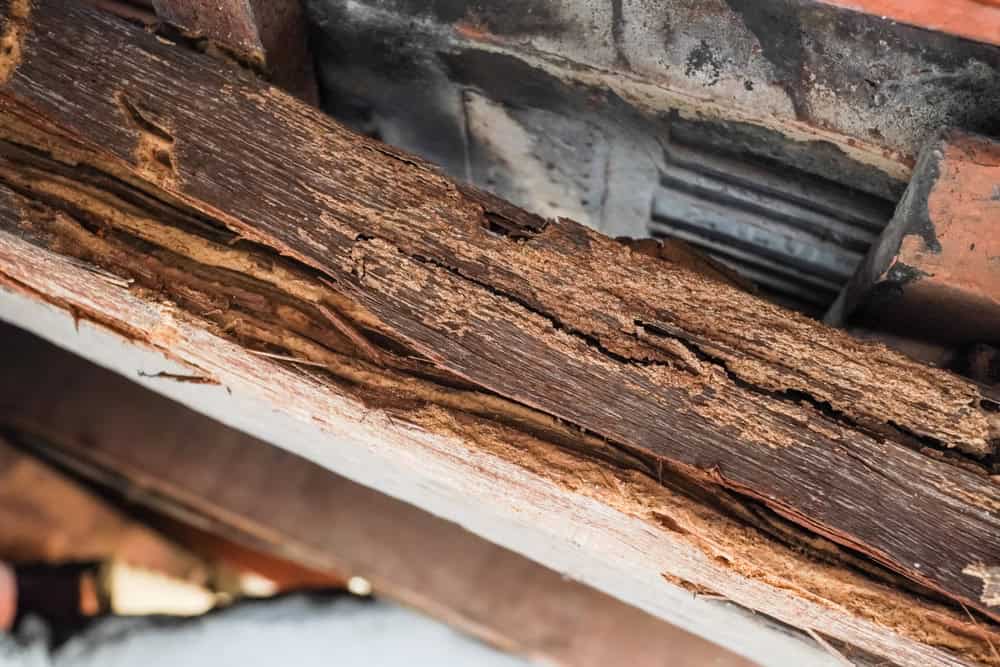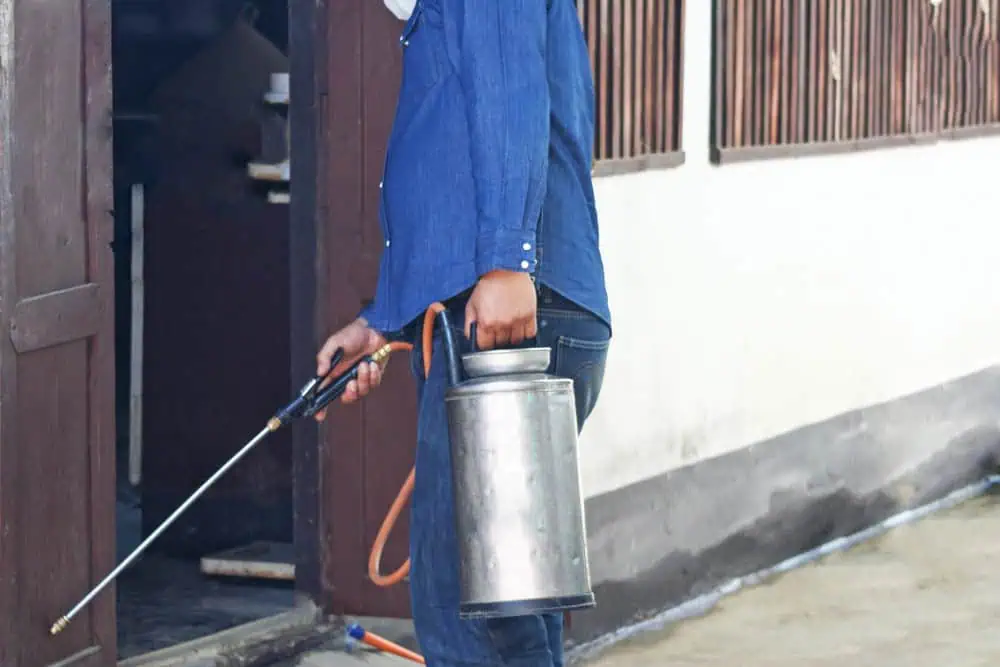Fast, effective termite treatment that eliminates infestations and protects your biggest investment from costly structural damage.

Hear from Our Customers

You get real peace of mind knowing your home is protected from one of the most destructive pests in New Jersey. Our termite treatment doesn’t just eliminate current infestations—it creates a barrier that keeps them from coming back.
No more lying awake wondering if those wood shavings you found are termite damage. No more worrying about structural problems that could cost thousands to repair. You’ll have a comprehensive treatment plan that addresses the problem at its source and prevents future invasions.
Your home stays structurally sound, your property value remains protected, and you can focus on enjoying your space instead of stressing about what’s happening behind your walls.
We at 86 Pest and Wildlife Removal have been protecting homes in Magnolia and throughout South Jersey from termite damage. We understand how New Jersey’s climate creates perfect conditions for subterranean termites, especially during our humid summers and mild winters.
You’re not getting a one-size-fits-all approach from a national chain. We know the specific termite species that target homes in our area, the seasonal patterns that affect treatment timing, and the construction types that are most vulnerable.
When you call us, you’re working with professionals who live and work in the same community. Your neighbors trust us to protect their homes, and we’ve built our reputation on thorough inspections, effective treatments, and honest communication.

First, we conduct a comprehensive termite inspection of your property. We check all the areas where termites typically enter—foundation walls, crawl spaces, wooden structures touching soil, and moisture-prone areas. You’ll get a detailed report of what we find, including photos of any damage or signs of activity.
If we discover an active infestation, we develop a targeted treatment plan. For subterranean termites, this typically involves applying liquid termiticide around your foundation to create a protective barrier. For drywood termites, we may use localized treatments or fumigation depending on the extent of the problem.
After treatment, we monitor the situation to ensure the termites are eliminated. We’ll schedule follow-up inspections to verify that the treatment worked and that no new activity has developed. You’ll know exactly what to expect at each step, and we’ll explain why we’re recommending specific approaches for your situation.

Ready to get started?
Your termite treatment includes a thorough property inspection, identification of termite species and infestation extent, and a customized treatment plan designed for your specific situation. We use proven methods like liquid soil treatments, bait systems, or direct wood treatments depending on what your home needs.
You’ll receive detailed documentation of all work performed, including before and after photos, treatment locations, and products used. We explain the safety protocols for your family and pets, and provide clear instructions for any preparation needed before treatment.
Most importantly, you get ongoing monitoring to ensure the treatment remains effective. Termite control isn’t a one-time event—it’s about creating long-term protection for your home. We’ll work with you to develop a prevention strategy that fits your property and your budget, so you can stay ahead of future problems instead of just reacting to them.
